Time to head back home. Our leader, Louis, and driver, Tam, had both left early today, Louis to join another tour and Tam to head home for a well-deserved break with his family after being away for a couple of months. We were left in the hands of an airport transfer company to get to Windhoek airport for our 90-minute flight to Jo’burg. As we neared Windhoek airport the sky grew as black as thunder and the heavens opened. Mercifully it abated as we drove into the drop-off zone.
All went well: our flight to Jo’burg boarded and, though there were warnings of possible turbulence en route due to thunderstorms, it was mostly smooth and we landed in good time. We had two hours before boarding our SAA flight to Heathrow. Immigration lines were modest and we had no repeat of the interminable wait that we’d had on the outbound journey.
We found a curious bar/restaurant in the departure area that sold only non-alcoholic drinks. We sat and sipped some alcohol-free mojitos with two fellow travellers.
Boarding commenced and we discovered we’d been allocated a bulkhead seat. They can be a mixed blessing. Though there is more legroom, they are designed for tiny infants. Fortunately, we had no nursing mothers near us.
Doors were shut and we heard the crew announcement to, “arm doors and cross-check”. This engages the automatic evacuation slide mechanism to deploy them if the doors should now be opened. The captain was expecting an early arrival in Heathrow with some favourable weather conditions helping him along.
I knew something was wrong when I heard, “crew disarm doors”. Not good. We’d reverted to an orderly disembarking configuration. Shortly all was revealed; as our final loading had been taking place, “a ground engineer had noticed that the right-hand shock absorber had gone completely flat”. Well, I’m glad he spotted it. Landing, after all, is a pretty crucial part of the whole flying process. The captain told us that someone had been despatched to get equipment to pump in some more hydraulic fluid. We’d be here for an hour or so.
We sat for an hour.
The next announcement confirmed that the extra hydraulic fluid had not fixed anything – surprise, surprise – and the ground crews would now shuffle the aircraft back and forth to see if that would free up the shock absorber which “was under considerable stress”. Poor thing, we were heavy, apparently. Predictably, this did nothing either – surprise, surprise again. Shock absorbers used to dealing with a 230-tonne aircraft on landing do not just go flat for no reason. It was broken.
SAA operations were contacted to see what to do next.
Surprisingly, I thought, what was done next revolved around their having “found another aircraft in a hangar”. What, just lurking about? Surely not. Anyway, this would now be deployed and we’d transfer to this replacement plane – same model, same layout. The plane, however, had to “dressed”, which seems to mean filling it with the blankets and pillows (taken from our original plane), together with transferring all the luggage and, of course, all the food and drink supplies necessary, also from the original plane. We disembarked and sat near to the departure gates. Well, most sat but the area didn’t have sufficient seating for all. Ground staff tried to placate a needlessly irate customer/passenger who was throwing his toys out of the pram.
Part way through our wait, SAA managed to find some water supplies to distribute. Hitherto, we’d been given nothing.since boarding.
Two further hours later, we trooped aboard our replacement A330 with some relief and pushed back just before 1:30 AM local time. Unbeknownst to us, we later discovered that the Jo’burg runway had actually then been closed and was covered with some contractors machinery. Fortunately, the captain managed to get the runway cleared and re-opened.
I had thought we were in for a night in Jo’burg but we were actually now “just” 3½ hours late. My main concern had been incurring a penalty charge on my pre-booked parking slot at Heathrow due to a late arrival time. As it turned out, we had an hour or so to spare.
We made it.
OK, things break and they did find the problem and fixed it. SAA might have saved an hour or so by not bothering to remedy the original shock but they probably have a prescribed procedure in such circumstances. SAA could have been more alert concerning water supplies but I thought they’d done pretty well, other than that.
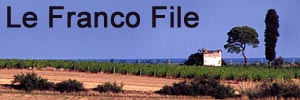












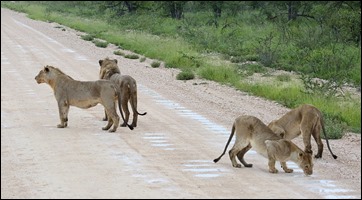

























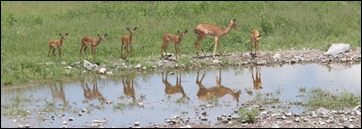
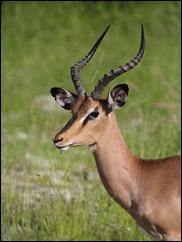






























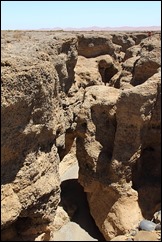
Recent Comments